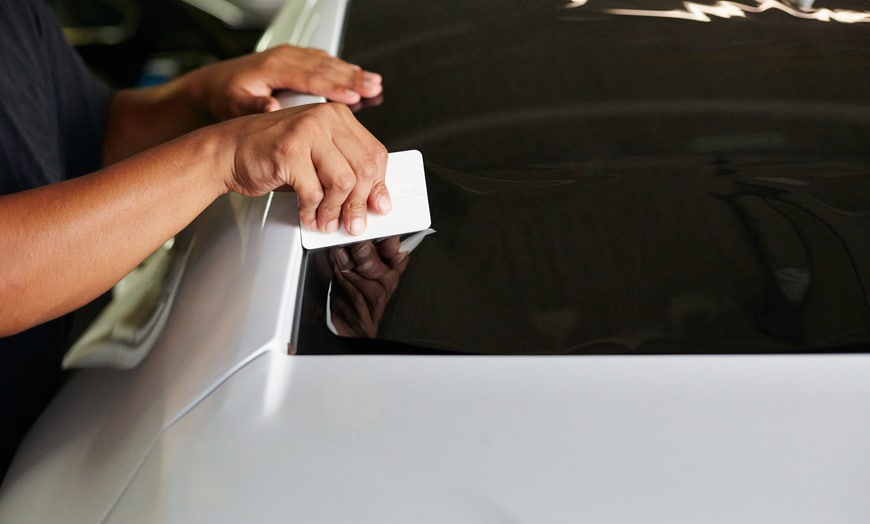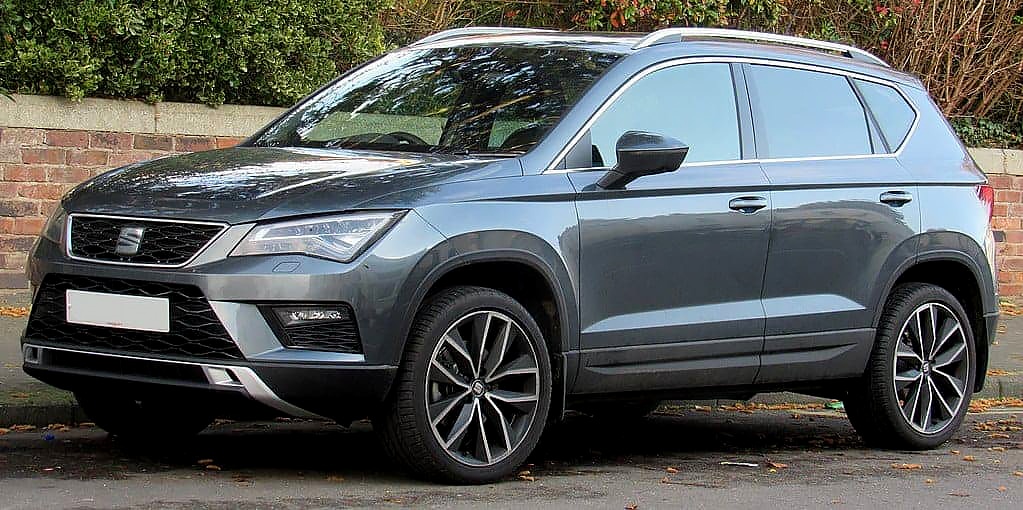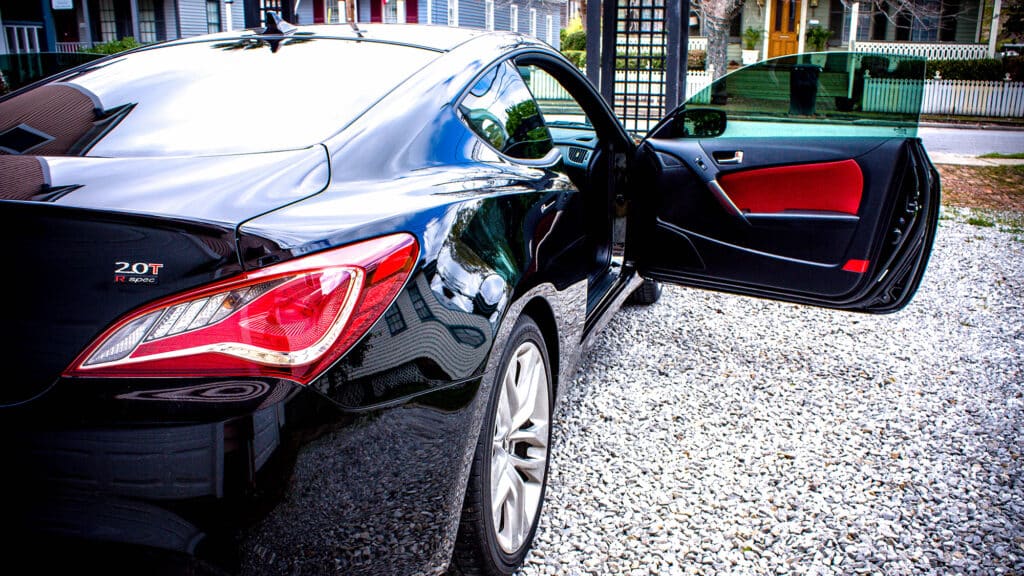Oklahoma is the 45th state to enact window tinting laws in the US. That happened in 2005 and ever since they have been enforcing these regulations quite strictly.
So, when you’re driving a car with tinted windows in the state, you want to make sure that you know what the laws are, and that you follow them.
In this guide, learn everything you need to know about the car window tint law in Oklahoma.
Is Window Tint Legal in Oklahoma

Now, here we have all the information you need to ensure you’re compliant with the law.
Because if you do get into trouble, you can not only be pulled over, but they also have probable cause to search your vehicle.
Even though you probably have nothing to worry about, it’s going to be a massive inconvenience.
And when it comes to following the law, it’s always better to be safe than sorry. Here’s what Oklahoma considers to be acceptable levels of window tint.
This includes details of how dark the windows can be and also how reflective they can be.
Permitted Tint Darkness

The tint darkness of a car’s window is defined by visible light transmission or VLT. It is a unit of measure which specifies the percentage of light that can pass through the window film.
If the VLT value is low, the tint can be quite dark. So, if it’s 10%, the inside of your car will be very dark as opposed to if it’s 80%.
In Oklahoma, like in several other states, there is a specific number for all the different windows of your car based on whether it’s an SUV or a sedan. Take a look at the specifics of the state of Oklahoma below.
Sedans
Windshield: If your vehicle is above the AS-1 line, you can’t have reflective tint
Driver-side windows: 25% VLT
Passenger-side windows: 25% VLT
Rear window: 25% VLT
SUVs and Vans

Windshield: If your vehicle is above the AS-1 line, you can’t have reflective tint.
Driver-side windows: 25% VLT
Passenger-side windows: No limits
Rear window: No limits
Acceptable Tint Reflection in Oklahoma
This is about tint reflection and not tint darkness. These are two different parameters. Tint reflection is the amount of light that is allowed to be reflected off your windows on the outside.
The more reflective your tint is, the more difficult it’s going to be to see inside into your car from the outside.
Sedans
Windshield: N/A
Driver-side windows: Less than or equal to 25% reflection
Passenger-side windows: Less than or equal to 25% reflection
Rear window: N/A
SUVs and Vans
Windshield: N/A
Driver-side windows: Less than or equal to 25% reflection
Passenger-side windows: Less than or equal to 25% reflection
Rear window: N/A
Other Tint Rules to Know

Apart from tint reflection and darkness, there are a few other things to note if you are driving in Oklahoma. Here’s what those regulations are like.
If the windows in the back are tinted, you need to have side mirrors on both sides of the car. You are not allowed to use materials that alter the color of the tint.
Manufacturers of the tint film are required to certify their product, which ensures that they are meeting the guidelines dictated by the state. So, that’s something you should ask the dealer before you get the tint film.
That’s also because they are not required by law to provide a sticker that outlines the specs of the film.
Oklahoma provides some exceptions for these rules and regulations. For instance, vehicles used by law enforcement agencies for work are exempt from these specifications.
The seat behind the driver’s seat, for vehicles registered as taxicabs or busses, is exempt. Vehicles that are registered in other states are also exempt.
There are also some medical exceptions, according to the Commissioner of Public Safety. You are allowed to reduce the VLT on the side and rear windows for medical purposes. You are also allowed to alter the colors.
But to avail of this facility, you need a written waiver from a licensed physician according to section 495, title 59 of the statute. The waiver should specify the medical condition that qualifies them for this exception.
If you don’t follow these regulations, you will be in violation of the state law and it is considered a misdemeanor in Oklahoma, and you will have to pay penalties under section 17-101.
State of Oklahoma Info

Oklahoma is in the south-central part of the US and is known as a producer of oil and natural gas.
It is one of the fastest-growing economies that is driven by telecommunication, aviation and energy industries.
The capital Oklahoma City is a primary anchor of the state’s economy along with Tulsa.
Population: 3,814,820
Capital: Oklahoma City
Registered vehicles: 3,730,247
Total lane miles: 238,754
Number of highways: 8
Tint law references: Oklahoma Statutes

